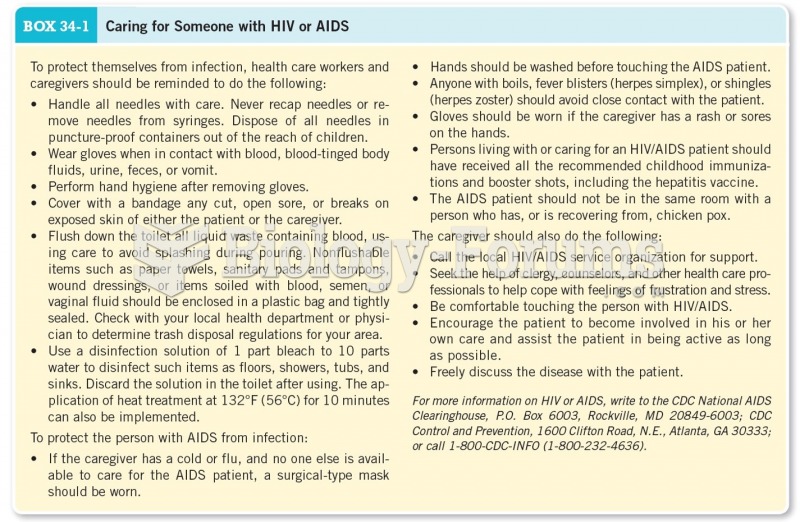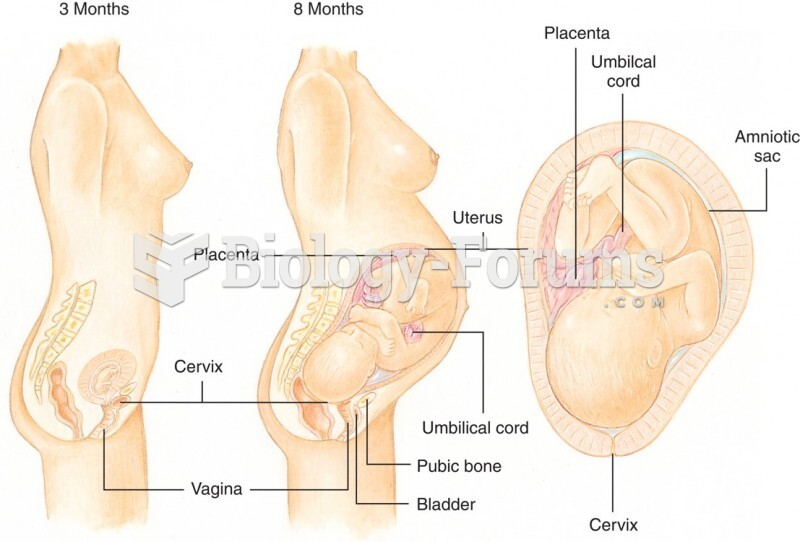|
|
|
ACTH levels are normally highest in the early morning (between 6 and 8 A.M.) and lowest in the evening (between 6 and 11 P.M.). Therefore, a doctor who suspects abnormal levels looks for low ACTH in the morning and high ACTH in the evening.
On average, someone in the United States has a stroke about every 40 seconds. This is about 795,000 people per year.
A seasonal flu vaccine is the best way to reduce the chances you will get seasonal influenza and spread it to others.
Human stomach acid is strong enough to dissolve small pieces of metal such as razor blades or staples.
Children of people with alcoholism are more inclined to drink alcohol or use hard drugs. In fact, they are 400 times more likely to use hard drugs than those who do not have a family history of alcohol addiction.







